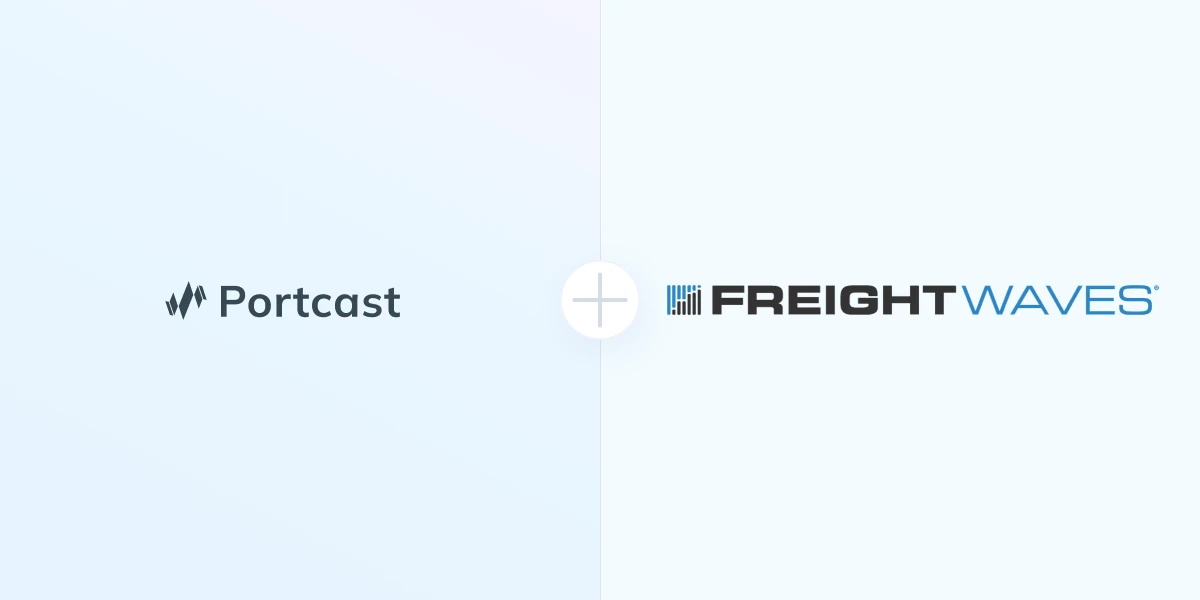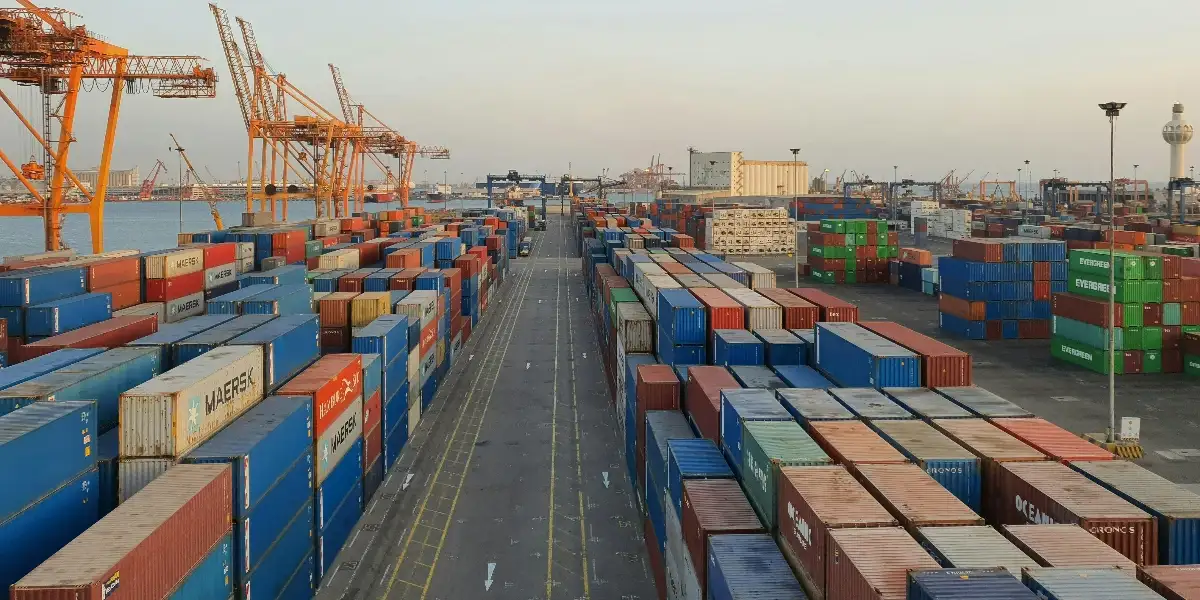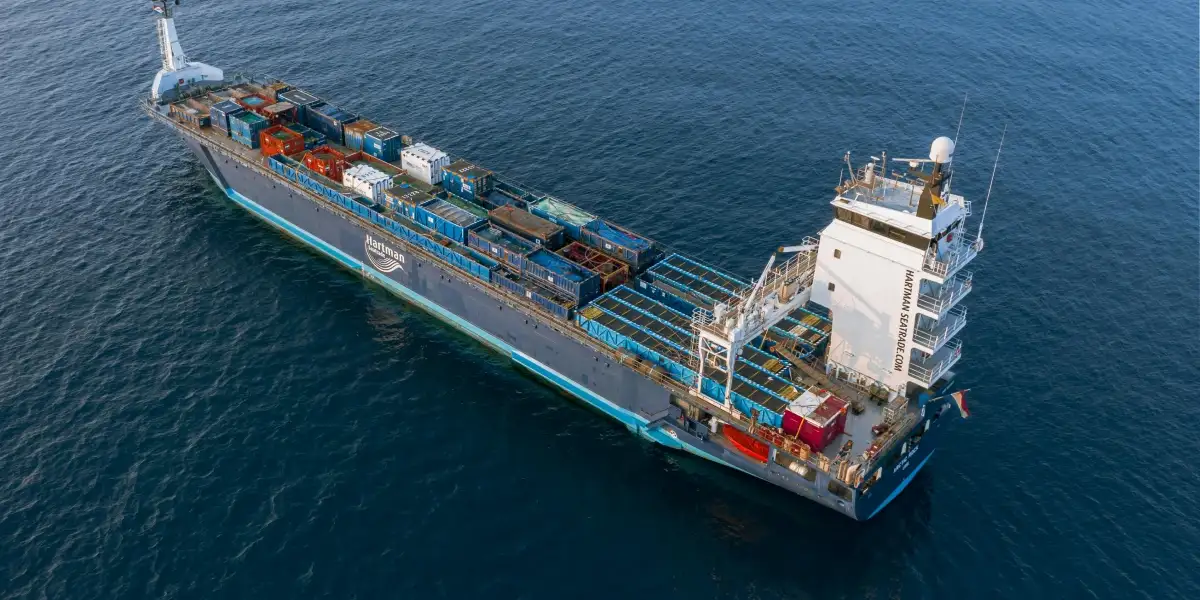Adverse weather conditions have always been a challenging issue for the shipping industry:
- We saw an “above-normal” rate of hurricanes and cyclones throughout 2020 and 2021.
- The authorities are also observing an upward trend in the number of hurricanes in the Atlantic and the East Asian regions for the 2022 season.
- Destinations that are likely to be affected include some of the busiest ports in the world which in turn adds to the supply chain strain globally.
This article explores the effect adverse weather may have on the port operations and how shipping lines respond to updating the sailing schedules.
Effect of typhoons on Ports
Let’s take Typhoon In-fa (July 2021) as an example. Typhoon In-fa, recorded as the wettest tropical cyclone in the region, caused heavy disruptions across numerous Asian countries, including the coasts of China, Taiwan, Japan and the Philippines.
- It was upgraded from a tropical storm to a category 1 typhoon on the 19th of July, leading some vessels to take a detour and avoid its path. Others chose to wait at anchorage or in the area outside the ports, which in turn caused a congestion build with more vessels joining the queue.
- By 21st July when the typhoon was at its peak, select carriers made the decision to skip calling Ports of Shanghai and Ningbo. As the Typhoon hit the coast, Shanghai container port ceased operation entirely, leaving many vessels stranded at sea.
- The typhoon was downgraded to a tropical storm on 25 July.
With port operations resuming, more vessels started to arrive at the anchorage trying to secure berth allocation contributing to further congestion build-up and arrival delay.
The chart below demonstrates an increase in median vessel delay shortly after the typhoon was downgraded to a tropical storm. According to Portcast data sets, the average number of vessels staying at anchorage outside of Shanghai also increased by 183% in the next four days after the typhoon.

Port behaviour is similar in all countries that are prone to seasonal hurricanes/typhoons. In the US we saw the median vessel hours go up in the port of Houston, right after it was struck by Hurricane Nicholas.

How does this affect carrier schedules?
Carrier (sailing) schedules and container tracking information are frequently out-of-date when weather contingencies occur. The time taken for carriers to update the ETA in response to an incident is last minute or insufficient for operational planning purposes.
Consider the example below for a vessel arriving at the port of Norfolk on 26th June, during the midst of the Tropical Storm Claudette.
- The vessel was scheduled to arrive on 15th June.
- Yet the vessel AIS, dated as of 15th June, was showing the vessel to be far from the coast. There was no further updated ETA communicated.
- The vessel finally arrived 11 days later from the ETA communicated by the carrier.

On the other hand, Portcast’s AI engine predicted the final ETA to be on the 26th June. Note that the prediction was made on 14th June which is 12 days ahead of the actual arrival. It was possible since the model factored in the timeline for Claudette originating over the Bay of Campeche on June 12 and its subsequent movement days after.
By aggregating 10x more data from various sources, Portcast delivers real-time & predictive information on vessel movement, port congestion, and adverse weather conditions. This ensures that the end-user always gets the most accurate ETA to help organize internal operations.
Contact us to learn what data insights we have and how our tools can help your company's supply chain.







